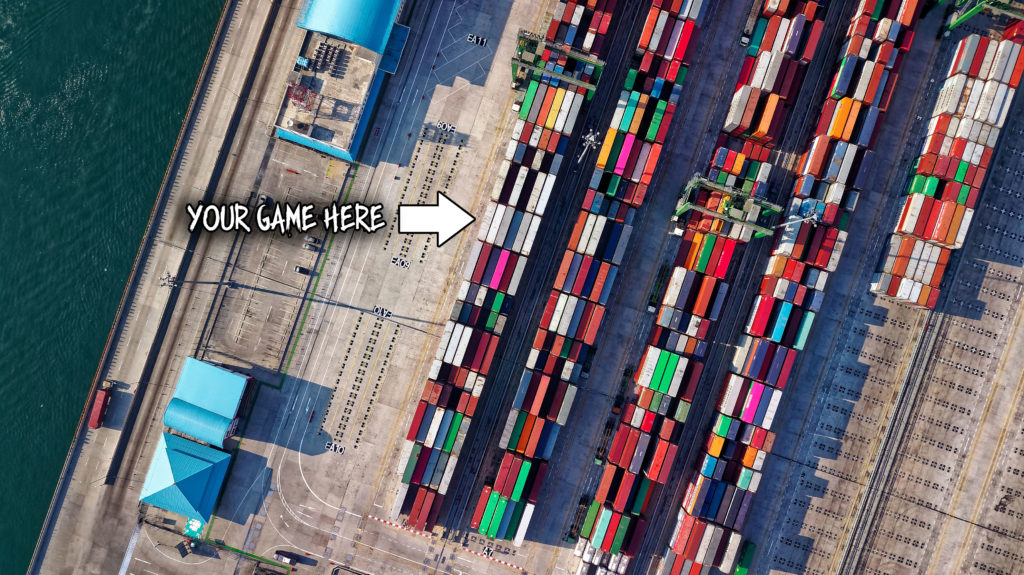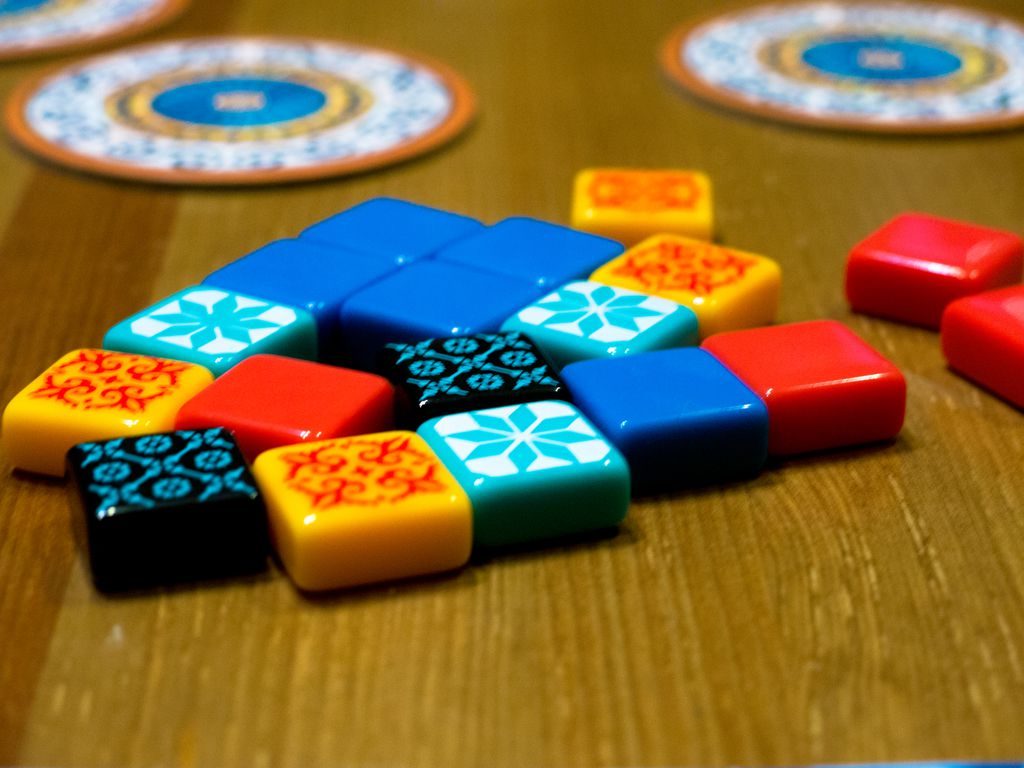Could Kickstarter Become a Board Game Store by 2020?
I’ve been doing a lot of thinking lately about the future of Kickstarter. Many of the game developers I work with have expressed hesitation about the platform that I didn’t see in 2015 or 2016. Anecdotally, the platform seems to be getting harder to succeed on. The great irony being that their whole claim to fame was that it would help creative small businesses get started. So what’s going on?

Looking for more resources to help you on your board game design journey?
Here you go: no email required!
Like this writing style?
Check out my latest blog on marketing here.
They say Kickstarter is not a store…
Kickstarter Is Not a Store. At least, that’s what this seven-year-old article on their blog says. The idea of Kickstarter is that they would help you raise, through backers, enough funding to make your creative project come to life. The subtext being that you wouldn’t be able to raise the funding without this very special crowdfunding site.
Companies like CMON go to Kickstarter, raise funding for games they would be able to make even without the platform, and use the site in a way that’s very close to a pre-order system. Granted, that’s not quite pre-ordering since they are raising manufacturing costs, but there’s a degree of certainty to it that really small businesses can’t provide or compete with. Now, while this may go against the spirit of Kickstarter, I still consider this fair game. CMON makes pretty good games, and it’s hard to complain about that.
What I find a lot more alarming – at least for first-time game developers – is that, yes, some campaigns on Kickstarter actually have started taking pre-orders. That means the games already physically exist and people are effectively buying them from Kickstarter as if it were a store. If larger companies on Kickstarter follow suit and raise the standards to where manufacturing must be complete prior to Kickstarter, then that’s it. It becomes a de facto store.
Kickstarter has good reasons to become a store.
“But that’s against the whole spirit of Kickstarter, Brandon, why would they become a store?” The simple fact is that Kickstarter has a ton of really compelling reasons to become a store. First of all, Kickstarter gets paid 5% of every successful campaign’s funding. They get paid more when people succeed. You’ll notice that the most successful campaigns tend to be ones that aren’t risky. They tend to come from people who know what they’re doing. Kickstarter could absolutely lean into this and only accept finished products for campaigns.
Kickstarter has come a long way since 2009, and many successful projects are nearly complete once the campaign starts. When a campaign is successful, pages wind up looking pretty close to storefronts. Aesthetically and functionally, Kickstarter is creeping toward being a traditional online store like Amazon.
Kickstarter doesn’t have to change much to become a store either. They can either amend their rules to allow people to sell already-created goods as rewards or they can simply stop enforcing their moratorium on pre-orders which, by the way, they’ve already begun to do.
Negative reinforcement is a factor, too.
Consider also that our favorite crowdfunding has a lot of negative aspects to it that would go away if it became a more traditional store. At the end of 2015, nearly 10% of campaigns did not even fulfill their rewards at all. If you only had a 90% chance of receiving a product after purchasing it from Amazon or eBay, you wouldn’t purchase it! Simple as that!
On top of that, in late 2012, as many as 84% of projects shipped late. If we consider this separate from the 10% that don’t fulfill at all, that leaves a mere 6% of campaigns that arrive on-time. That’s an awful user experience, and you have to wonder exactly what compels people to keep coming back. Is it really about helping creators bring their projects to life any more, since Kickstarter has been regularly creeping toward becoming a store? Or rather, is it about purchasing things that fit into a certain “indie/creative” niche that Kickstarter covers better than anyone else. If it’s the latter, our favorite crowdfunding site could better serve that market need by becoming a store.
Did you know Kickstarter is illegal in Finland? That is because they have consumer protection laws in place that are intended to protect their citizens from websites that, I don’t know, fail to meet basic business standards 94% of the time. Honestly, it’s not hard to imagine these kinds of consumer protection laws taking hold in the US or EU. As much as I love crowdfunded board games, I get the logic behind these laws.
On top of that, I’ve seen a more negative attitude lately on social media toward Kickstarter. I know this anecdotal and personal. Nevertheless, I’m seeing people with “Kickstarter ennui” in far greater frequency than what I saw in 2015 or 2016. It could be because I’m confirming my own biases, but I really don’t think that’s the case.
What does this mean for first-time game developers?
First and foremost, everything I’ve said in this article is pure theory. Kickstarter hasn’t publicly announced an intention to become a traditional store. I still think crowdfunding is a viable path to publishing for a lot of game developers, especially those with the foresight to work in a team.
Furthermore, I don’t think a world in which our favorite crowdfunding site becomes a traditional store is actually all that different. It’s expensive to make games already, and manufacturing is just one of many expenses that you’ll run into. No matter what, you have to make products with product-market fit and build an audience. Our favorite crowdfunding website is nothing more than the venue. You’re bringing literally everything else yourself. You still have to build a business.
My final thought on this matter is simple. Don’t rely solely on the existence of a single website for your success. Kickstarter may or may not be around in its current form in five years. The world is a wild place and it continues to surprise us. As such, you need to make sure your business is strong enough to stand on its own feet.
If 2020 comes and the news breaks saying “Kickstarter has officially become a store,” you shouldn’t be in a position where that would scare you. You should be able to look at your computer, finish the article, and say “who cares? I have start-up capital, I have an audience, and I have a platform of my own. I don’t need their site.”







